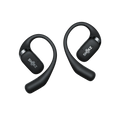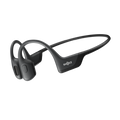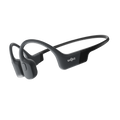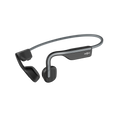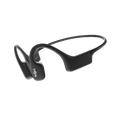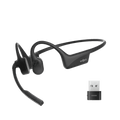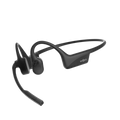Hey #ShokzSquad! My name is Maeghan, and I’ll be dropping in on the blog once a month to talk about various nutrition-related topics! If my name sounds familiar at all, you may have chatted with me when I was a part of AfterShokz’s beloved Customer Happiness Team! I recently left AfterShokz to pursue my dream job as a full-time trainer and wellness consultant, but I’ll be coming into the office once a month to teach a class on health and nutrition. I’m a NASM Certified Personal Trainer and am currently working towards my Master’s of Education in Exercise Science. Today’s topic: How to read a Nutrition Facts label.
1. Serving Size
The number of servings in a package/container of food is going to determine how many calories you eat and also how much of each nutrient you are getting. Look at the number of servings in the package/container and then ask yourself, “How many servings am I actually eating?”.
2. Calories
Calories are the measure of energy you will get from a portion of food. Be careful! Many people eat more calories than they need. This is the section of a label that can help with weight-related goals (losing, gaining or maintaining).
The General Guide to Calories provides a general reference for calories when you look at a Nutrition Facts label. This guide is based on a 2,000 calorie diet. Not everyone will need to consume 2,000 calories every single day! If you are eating to stay within a certain caloric goal, measuring food is recommended so that you get the most accurate portion and you won’t have to guess how many calories you are eating.
3. Nutrients
Limit: Saturated Fat, Trans Fat, Cholesterol, and Sodium. To maintain a properly balanced diet, you want to keep your intake of these low. Consuming too many of these nutrients can put you at risk for things such as high blood pressure and heart disease.
Get enough: Dietary Fiber, Vitamin A, Vitamin C, Calcium, and Iron. Many people do not get enough of these nutrients just by consuming food. Taking extra vitamins or supplements is recommended to ensure that you are getting everything you need.
4. % Daily Value
This should help guide you when you are determining if a particular food fits into your daily meal plan. Keep in mind; you may need more or less of these things compared to someone else.
Low is 5%, and High is 20%.
Reach out on social and let us know what other nutrition topics you’d like me to cover!
